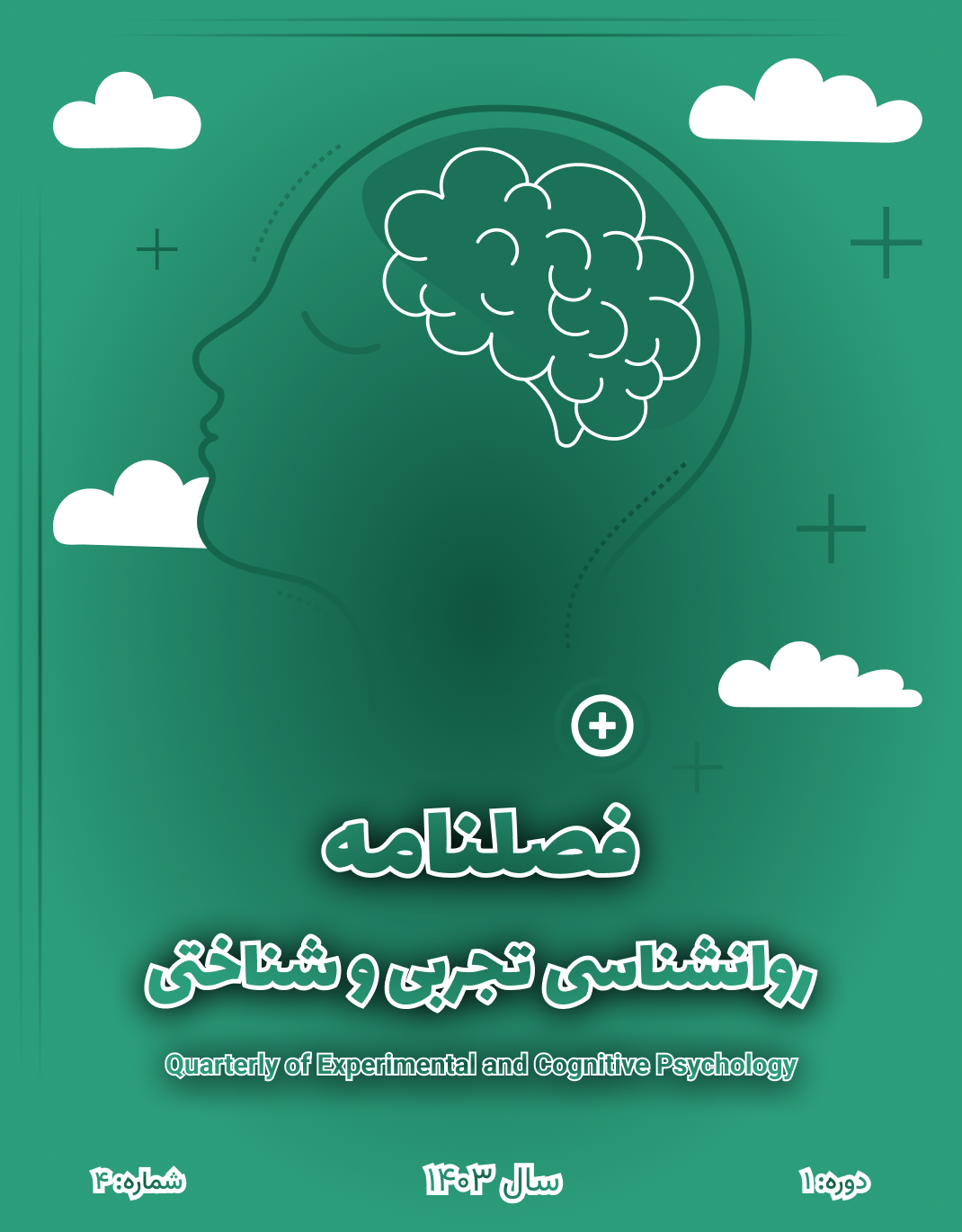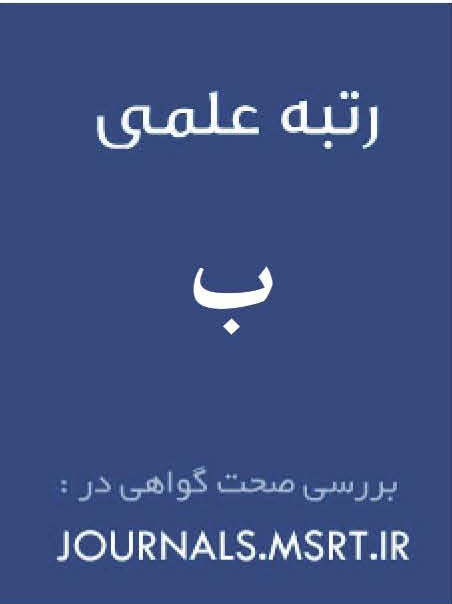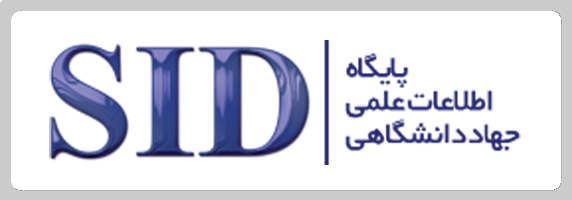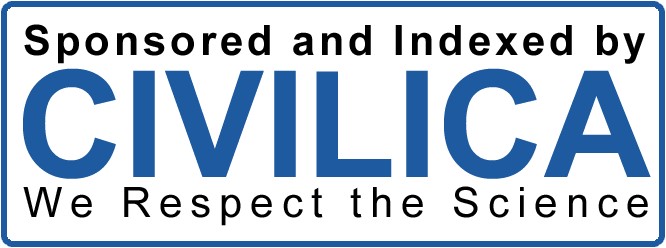An Analysis of Factors Influencing Fear of Marriage in Siblings of Individuals with Intellectual and Developmental Disabilities Based on the Sibling Embedded Systems Framework (SESF)
Keywords:
Fear of marriage, Sisters, Intellectual and developmental disability, Hamshiran Embedded Systems FrameworkAbstract
Objective: This study was conducted with the aim of analyzing the factors influencing fear of marriage in siblings of individuals with intellectual and developmental disabilities, based on the Sibling Embedded Systems Framework (SESF).
Methods and Materials: The research method was qualitative and followed a descriptive phenomenological approach. Data collection was carried out through semi-structured interviews. The statistical population of this study consisted of all adult siblings of individuals with educable intellectual disabilities who were enrolled in exceptional education schools in Isfahan during the 2024–2025 academic year. The sample was selected using purposive sampling. After conducting interviews with 18 siblings of individuals with intellectual and developmental disabilities, the influential factors contributing to fear of marriage were identified, and data saturation was achieved. Data analysis was performed using Braun and Clarke’s six-phase thematic analysis model. To ensure the trustworthiness of the findings, Guba and Lincoln’s four criteria were applied. The findings indicated that the factors influencing fear of marriage in these siblings fell into three main themes: individual, social, and familial factors, which were further broken down into 25 sub-themes.
Findings: Based on the results, it can be asserted that attending to the lived experiences of siblings of individuals with intellectual and developmental disabilities within the framework of SESF is of great significance.
Conclusion: The study identified a wide range of factors contributing to the fear of marriage in this population. Therefore, it can be concluded that any form of intervention should begin with identifying the influential factors behind this fear and proceed to design preventive strategies accordingly.
Downloads
References
children: Similarities and differences in the perspectives of siblings and mothers. Journal of Autism and Developmental Disorders, 1-15. https://doi.org/10.1007/s10803-023-06222-0
Ryu, W. (2020). The relationship between neglect and delinquent behavior of adolescents having siblings with developmental disabilities: Focusing on the protective role of 'uplifts. Journal of Youth Welfare, 22, 243-264. https://doi.org/10.19034/KAYW.2020.22.4.09
Schmeer, A., Harris, V. W., Forthun, L., Valcante, G., & Visconti, B. (2021). Through the eyes of a child: Sibling perspectives on having a sibling diagnosed with autism. Research in Developmental Disabilities, 119, 104066. https://doi.org/10.1016/j.ridd.2021.104066
Sharifi, A., Yar Mohammadian, A., & Ghamarani, A. (2018). Developing a parenting program based on lived experiences of mothers with intellectually disabled children. 55(14), 7-24. https://www.sid.ir/paper/122350/en
Smith, J. (2016). Eight things siblings of children with special needs struggle with. The Washington Post. https://www.washingtonpost.com/news/parenting/wp/2016/12/20/8-things-siblings-of-children-with-special-needs-struggle-with/
Veerman, L. K., Orm, S., Fjermestad, K. W., Sterkenburg, P. S., & Willemen, A. M. (2025). Next steps in the development of a sibling adjustment scale: Reply to Supianto. International Journal of Developmental Disabilities, 71(2), 205-207. https://doi.org/10.1080/20473869.2025.2456803
Wilkins-Clark, R. E., Wu, Z., & Markham, M. S. (2024). Experiences of post-divorce parentification and parental affection: Implications for emerging adults' well-being. Family Relations, 73(4), 2690-2708. https://doi.org/10.1111/fare.13013
Wolfe, B., Song, J., Greenberg, J. S., & Mailick, M. R. (2014). Ripple effects of developmental disabilities and mental illness on nondisabled adult siblings. Social Science & Medicine, 108, 1-9. https://doi.org/10.1016/j.socscimed.2014.01.021
Wolff, B., Pestell, C. F., & Glasson, E. J. (2024). Siblings of Individuals with Neurodevelopmental Conditions: Perspectives on Risk, Resiliency and Future Research Directions. Child & Family Social Work. https://doi.org/10.1111/cfs.13256
Yang, H. J., & Shin, J. S. (2015). Lived Experience of Female Siblings of Persons with Disabilities: Applying Giorgi's Phenomenological Method of Analysis. Journal of Emotional and Behavioral Disorders, 31, 17-49. https://www.kci.go.kr/kciportal/ci/sereArticleSearch/ciSereArtiView.kci?sereArticleSearchBean.artiId=ART001974103
Zucker, A., Chang, Y., Maharaj, R., Wang, W., Fiani, T., McHugh, S., Feinup, D. M., & Jones, E. A. (2022). Quality of the sibling relationship when one sibling has autism spectrum disorder: A randomized controlled trial of a sibling support group. Autism, 26(5), 1137-1152. https://doi.org/10.1177/13623613211042135
Downloads
Published
Submitted
Revised
Accepted
Issue
Section
License
Copyright (c) 2024 Quarterly of Experimental and Cognitive Psychology

This work is licensed under a Creative Commons Attribution-NonCommercial 4.0 International License.






